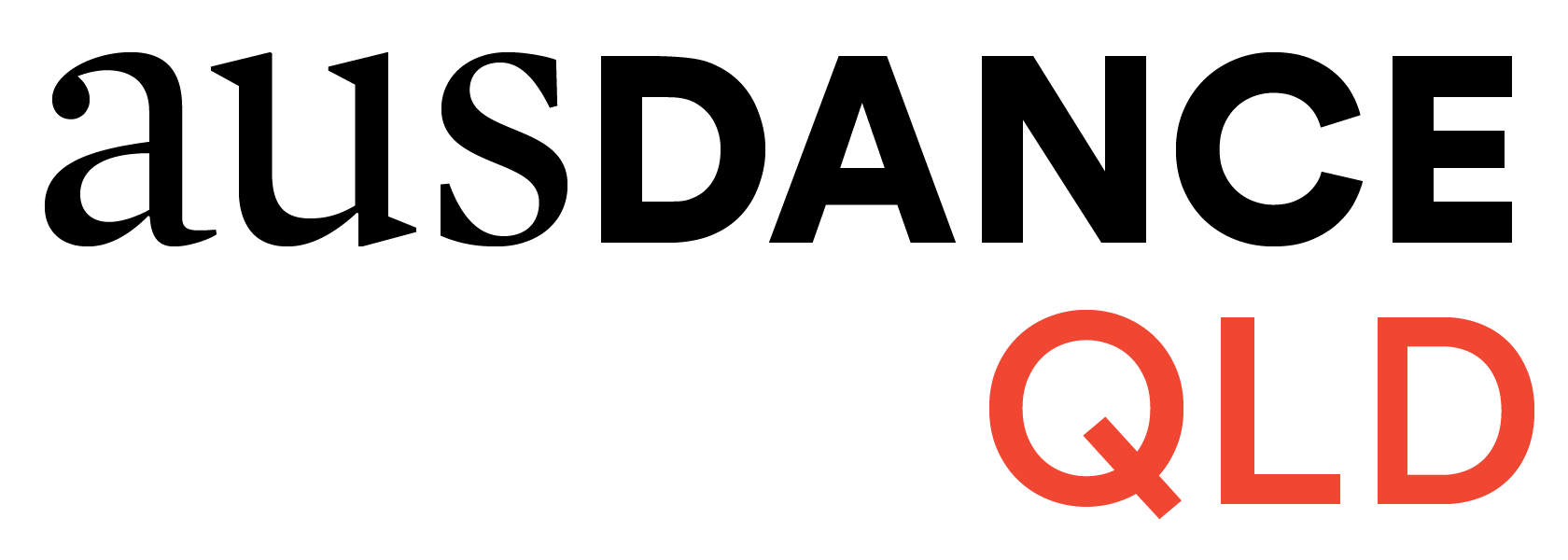IN|FORM | Dancing What Can Be
Photos by Daniel Boud
Contributed by Dr. Erica Rose Jeffrey, Dance For Parkinson’s
As a dance teaching artist and researcher, I work across many sectors including Dance for Parkinson’s Australia (DPA) and dance and peacebuilding. These are diverse contexts yet have commonalities in concepts of social justice, access and inclusion. I see access and inclusion from both practical and aspirational perspectives, creating opportunities and inviting participation for people to use their whole being to celebrate and express what can be.
Dance for Parkinson’s Australia
For people living with Parkinson’s disease (PD), rigorous dance classes led by trained professional teaching artists are internationally acknowledged as valuable quality of life approaches. Since 2012, DPA has offered specialised dance classes for people living with PD, their care-partners and community members across Australia. This has been made possible through an invaluable network of teaching artists, community members, and collaborating organisations. An affiliate of the global Dance for PD program we engage in developing and sharing best practice through an international network.
Understanding and practice of access and inclusion are ongoing processes of dialogue, reflection, and recalibration. Access requires 360-degree planning. What is the space like (stairs/ramps/accessible toilets)? How will people get there (close to public transit, parking, distance to walk)? How are people invited to participate? Is there a financial or social cost to participation? When people start to engage, inclusion is about their sense of the experience. Is it welcoming? Are there different pathways for participation? Who is leading the activities? Does it feel safe to try something new or to express oneself? For example, in our DPA classes we provide both seated and standing variations of activities to offer a range of mobility options.
Creating new possibilities
Covid-19 paused DPA’s in-person community classes, but we have been hard at work to adapt and to continue to find ways to provide quality and accessible community dance experiences. We are inspired to face the current challenges, using creativity and collaboration to continue to develop virtual resources, and where possible, to have a safe return to in-person classes.
I have been thinking a lot about circles recently and finding ways of translating the dynamics of circle practices in virtual spaces. We have a strong focus on building community and in-person classes often start in a circle and end with a ‘passing of the pulse’ connecting the group. We are investigating how to further foster the sense of community and translate the power of the circle to the digital space. A new project, creating in place-Dance Labs, are small online forums encouraging creative exploration. Through a range of artistic stimuli - and even household items - these labs provide opportunities for teaching artists and community participants to engage in diverse creative activities. It is inspiring to see what is emerging from these labs, and the ways they nurture a different facet of our community. Not a literal circle, but another way of evoking the essence of personal relationships and expression that we see in our circle practice.
Upcoming initiatives include building movement equity through piloting Dancing Through the Wire, a toll-free phone number with a movement menu using descriptive language which will be open to the wider community. We are also working to broaden the reach of our programs to different language groups and in November 2020 will pilot virtual dance classes in Mandarin.
Key tenets of our practice are access, artistry, adaptability, inclusion and imagination in the service of community and connection. As the world around us shifts, as our frames of reference change and concepts of place and community expand, it brings a sense of grounding and optimism seeing teaching artists and community dancers across contexts activate these ideas in new ways.
For more information about dance and peacebuilding work, including Dr Jeffrey’s new book
‘Dancing through the dissonance: Creative movement and peacebuilding’
Dance for Parkinson’s Australia
In Queensland, opportunities have been made possible through relationships with organisations including the Queensland Ballet, the Queensland University of Technology, the University of Queensland, Parkinson’s QLD, DanceNorth, independent dance studio teachers and the Arts Health Network Queensland.

